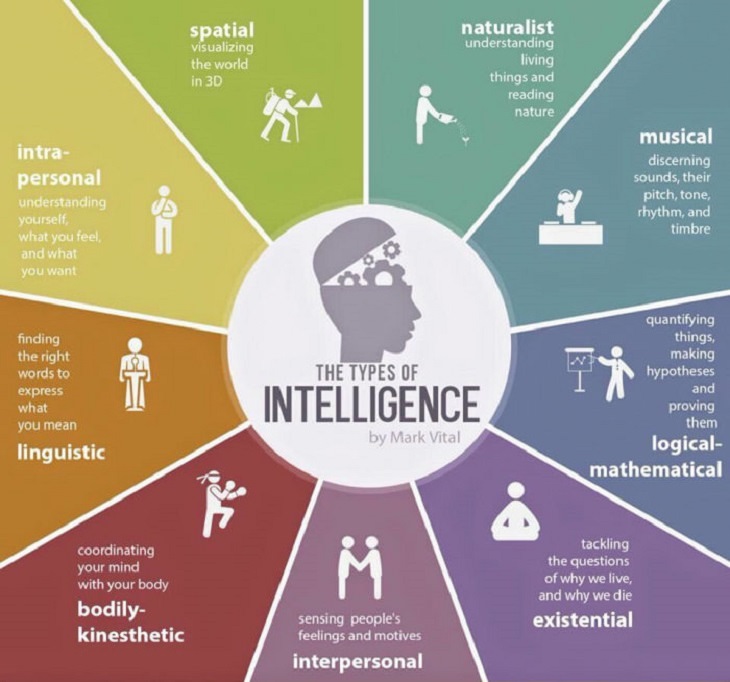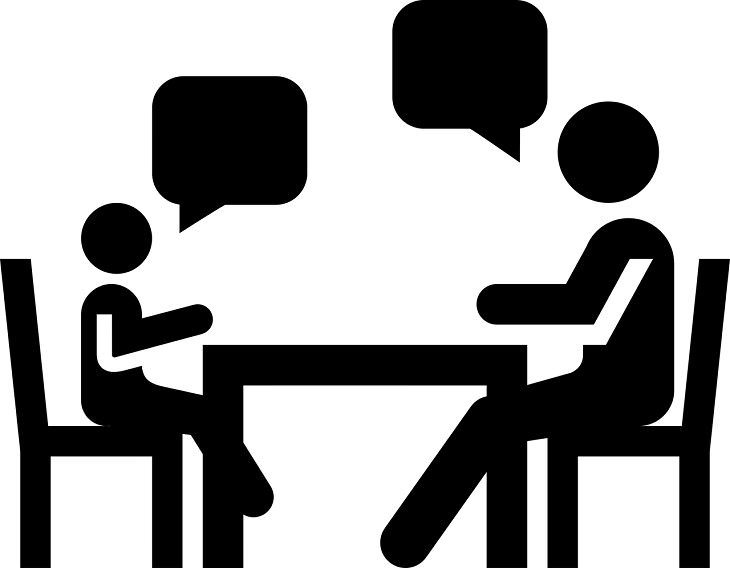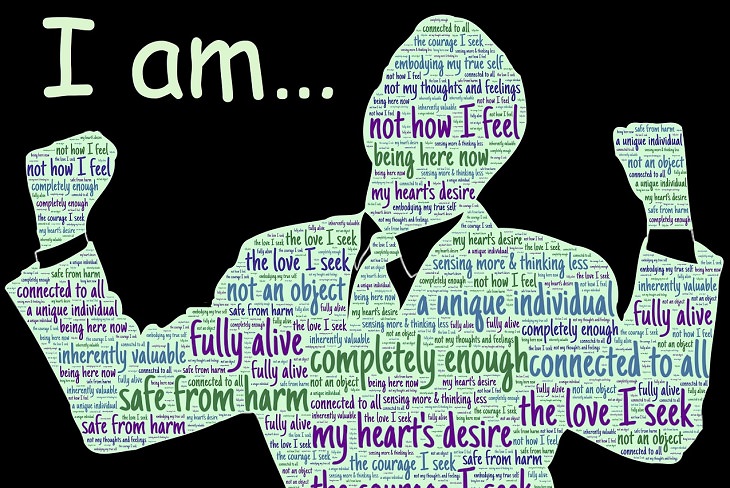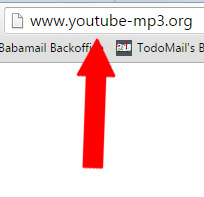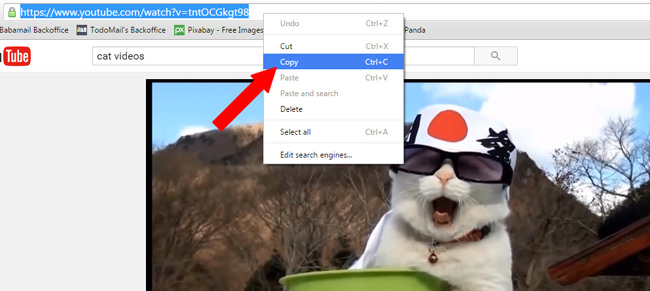15 Ancient Buildings You Can Enter Today
It boggles my mind to think that buildings left to humanity by the likes of the Romans and the Byzantines are still in use today. It is a testament to their engineering prowess, and we are truly lucky to have them as part of our common heritage. Here are the 15 oldest buildings in the world that are still in use today:
1. Church of the Nativity, Bethlehem, West Bank, Israel - 565AD

This historically-significant church still holds multiple church services each day and is said to mark the birthplace of Jesus of Nazareth.
2. St. Catherine's Monastery, Sinai Peninsula, Egypt - 565AD

This monastery has been a place of worship and retreat continuously since the 6th Century. It houses the site where Moses is said to have seen the Burning Bush, according to Christian tradition.
3. Hagia Sophia (Santa Sophia), Istanbul, Turkey 537AD

The Hagia Sophia is considered to be one of the greatest examples of Byzantine architecture in the world. It has been a cathedral, mosque, and a museum during the time since its construction.
4. Basilica of Santa Sabina, Rome, Italy - 432AD

This basilica has remained unchanged ever since it was constructed some 16 centuries ago. It is the oldest extant Roman basilica in the city of Rome.
5. Basilica of Constantine, Trier, Germany - Circa 300AD
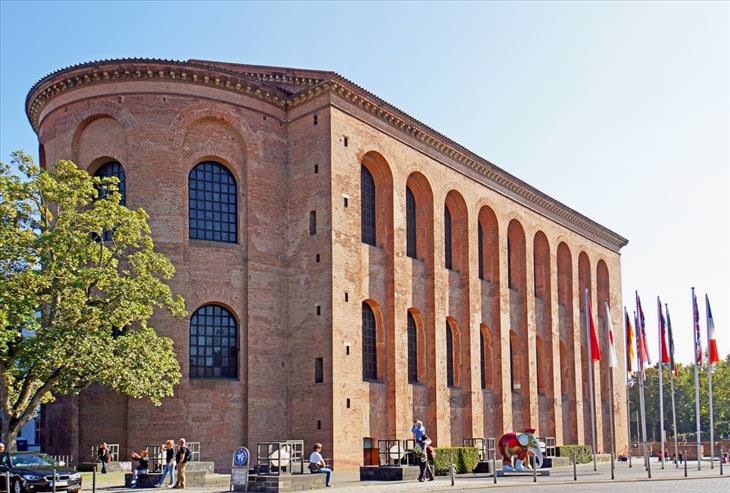
This is the largest extant hall from antiquity in the world today. It is used as a Christian church.
6. Tower of Hercules, A Coruña, Spain - Circa 150AD

This magnificent lighthouse is still in use nearly 1,900 years after it was completed, guiding ships along Spain's Atlantic coast, which is notorious for shipwrecks. It is the oldest existing lighthouse in the world.
7. Castel Sant' Angelo, Rome, Italy - 139AD

This building has been a mausoleum, a castle, fortress, prison and museum during its lifetime. It was once the tallest building in Rome.
8. The Pantheon, Rome, Italy - 118-128AD

Originally built as a temple to Roman gods, the Pantheon was converted into a church in the 6th Century. It has been used for this purpose ever since.
9. The Colosseum, Rome, Italy - 70-80AD

The interior of the world-famous Colosseum, constructed to host gladiatorial spectacles, is still occasionally used for small cultural events.
10. Arena of Nîmes, Nîmes, France - 70AD

This arena is used to host pop concerts and has also been the venue for an annual music festival since 1997.
11. Pula Arena, Pula, Croatia - 68AD

Pula Arena has hosted many international musicians in recent times, such as Pavarotti, Bocelli, Alanis Morrissette, Elton John, Sting and Tom Jones. Two ice hockey games were even held in the arena as recently as three years ago.
12. Verona Arena, Verona, Italy - 30AD

This arena, which seats 15,000 people in its modern configuration, will be 2,000 years old in 2030 and hosts over 500,000 opera-goers each year. Its is the chosen venue for many pop and rock concerts.
13. Theater of Marcellus, Rome, Italy - 13BC

This theater was initially built to host dramatic and musical performances, however it was later used as a fortress. A palazzo was built atop its ruins during the 16th Century. Now divided into apartments, it is still inhabited to this day.
14. Great Stupa, Sanchi, India - 200BC

The Great Stupa is the oldest stone structure in India. It is a place of Buddhist worship and pilgrimage.
15. Mahabodhi Temple, Bodh Gaya, India - 260BC

